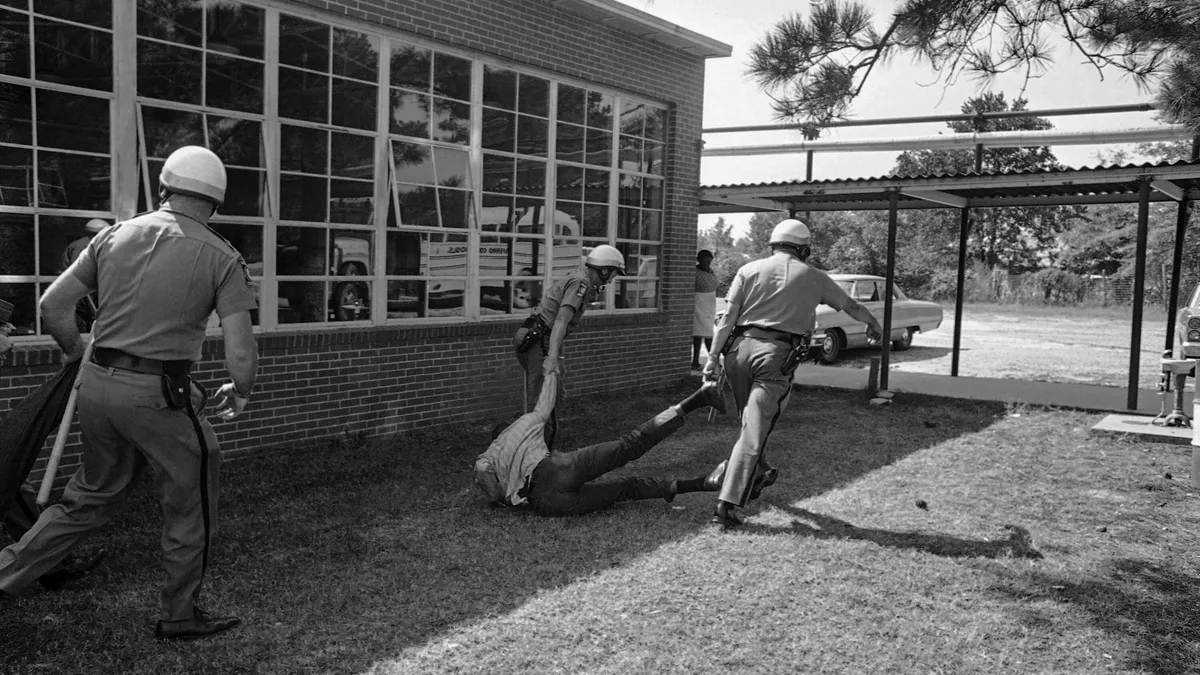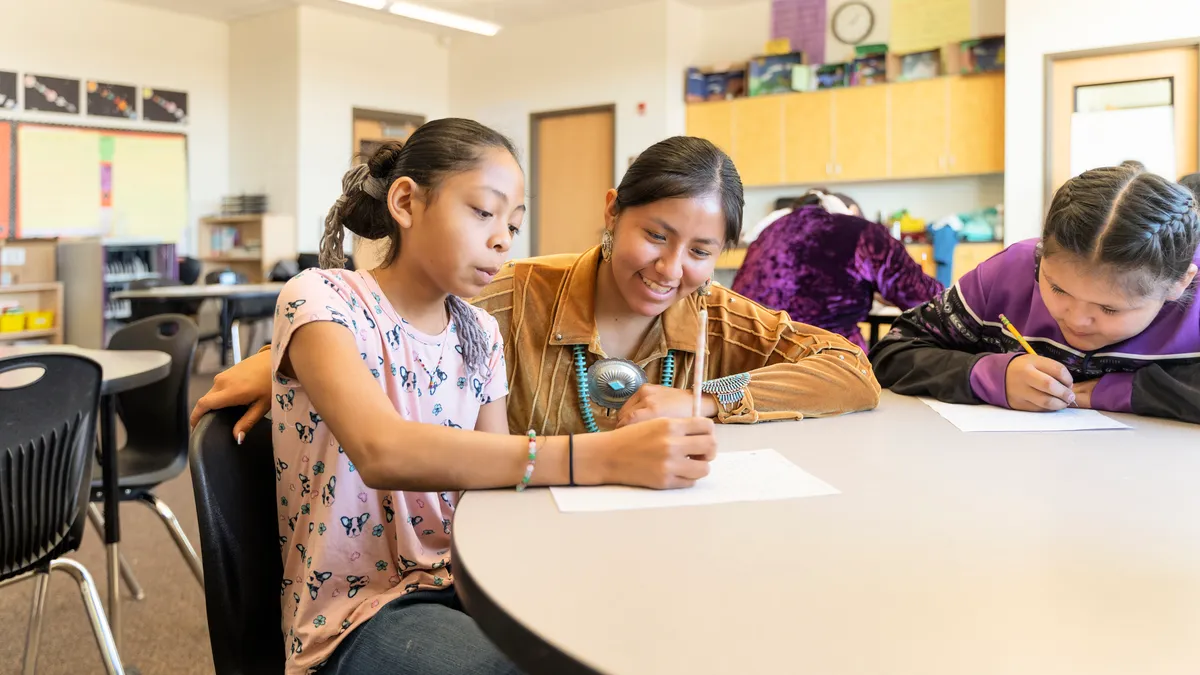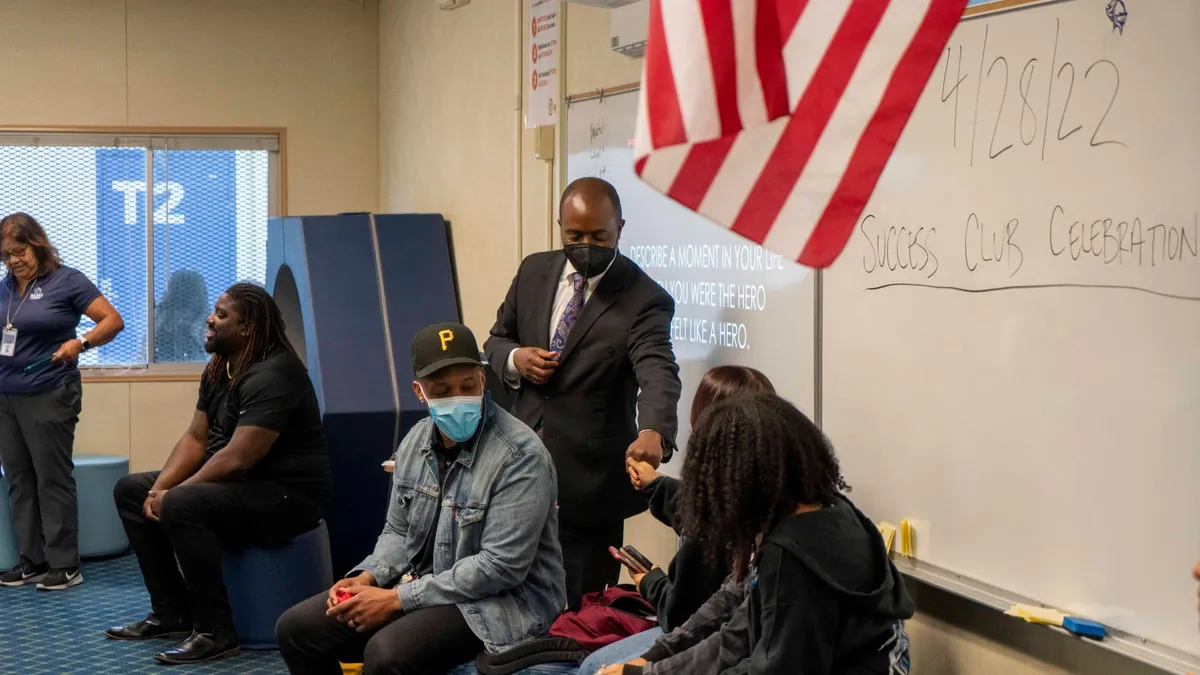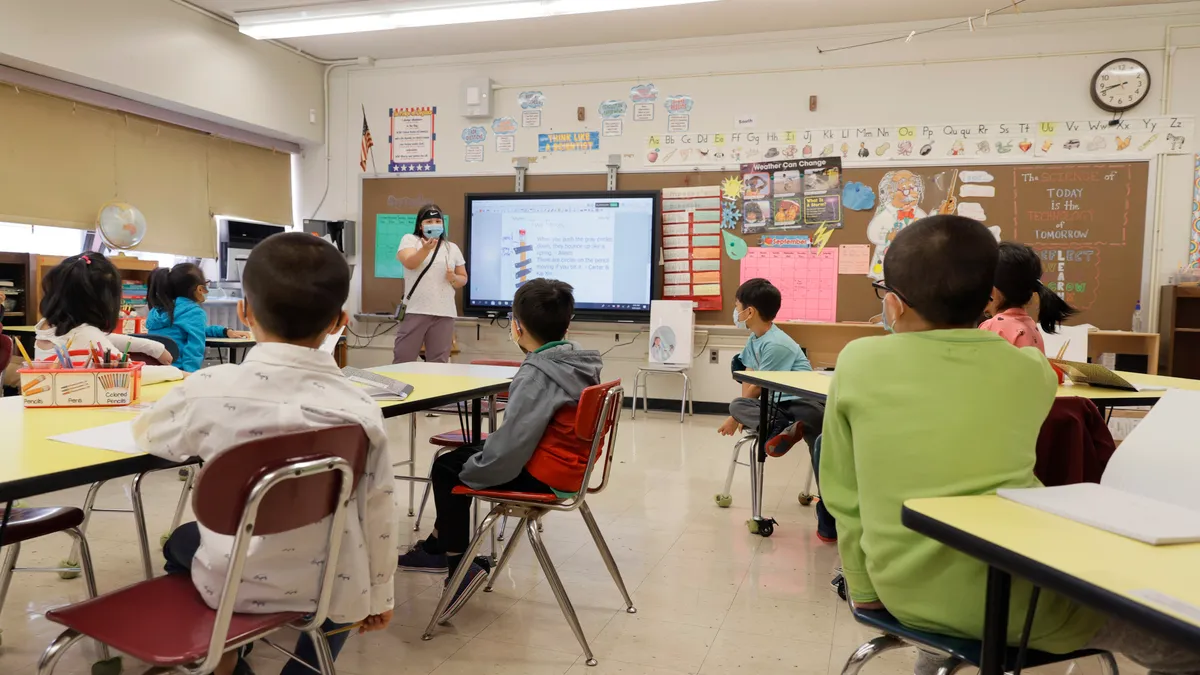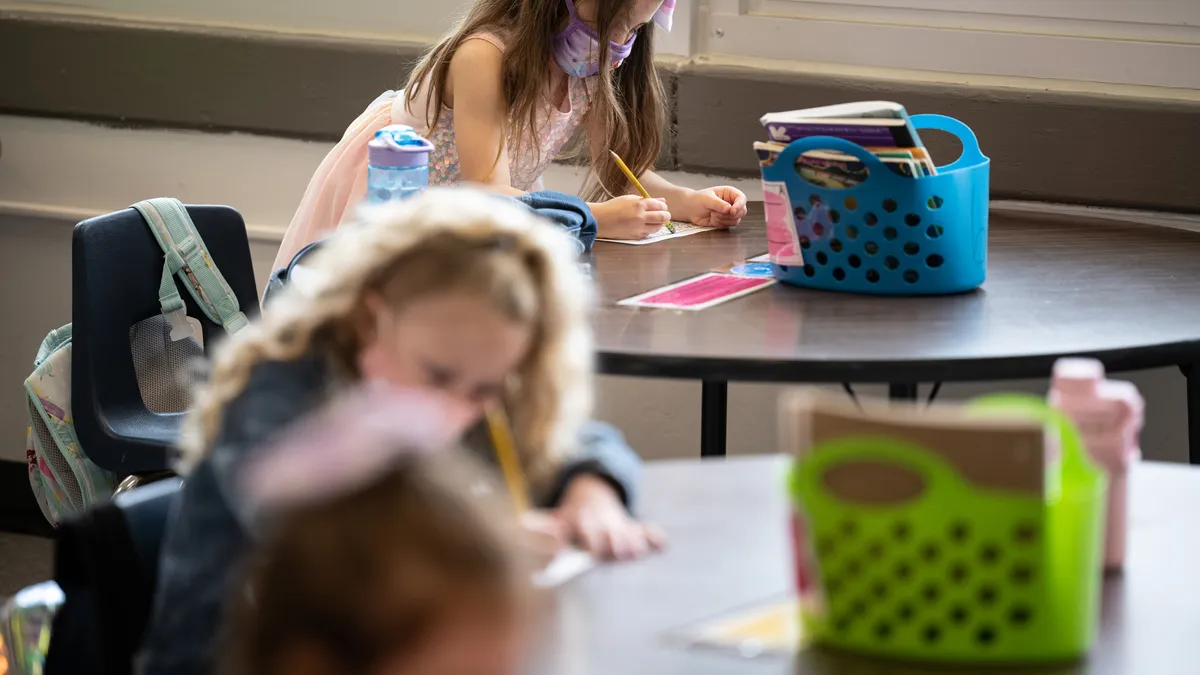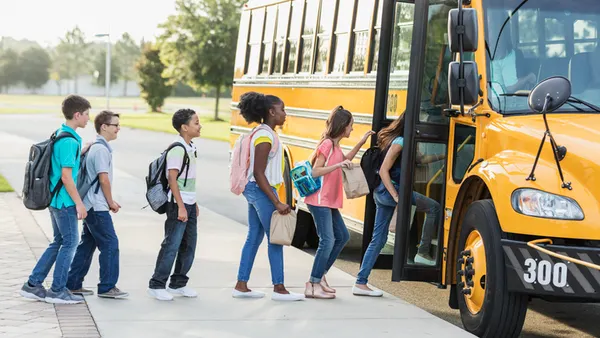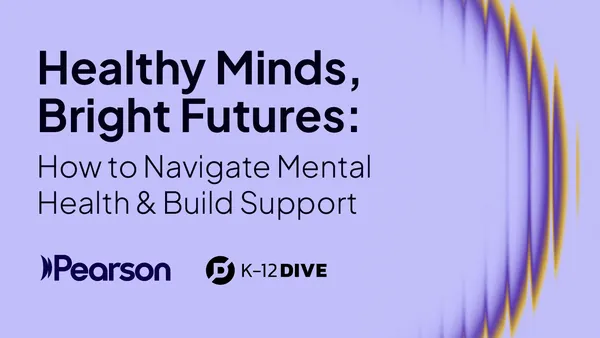There are currently more than 76,000 projects seeking funding on DonorsChoose.org — more than double the count normally during this back-to-school season.
“That’s exceptionally high for us,” Amy Soler, the director of business relations for the education-focused crowdfunding site, said in an interview.
While teachers, school librarians, coaches and other educators working directly with students often spend their own money on supplies, special projects and other items for their students — a fact that became a major sticking point during negotiations over the federal tax bill last year — it’s clear that educators are also making increasing use of online fundraising sites to supplement their instruction and meet the needs of their students.
Crowdfunding takes away some of the inequities that exist when schools in more affluent areas are able to raise funds from parent organizations or community members to supplement the classroom, cover extracurricular activities, or provide additional enrichment. Advocates say it also increases transparency so donors know exactly how their money is being used.
Meanwhile this week, DonorsChoose announced that the technology policies and practices of 13 school districts — including those in Atlanta, Boston, Seattle and Portland, Ore. — are now available on the site, allowing teachers to align their technology requests with their system's priorities and requirements.
“By clarifying upfront both the relevant district-level policies and system requirements of any hardware or software, new technologies can more seamlessly and effectively be introduced into the school environment to support excellent teaching and learning," Portland Public Schools Superintendent Guadalupe Guerrero said in a press release.
Addressing students' 'basic needs'
Teachers' requests range from the latest technology tools to typical items, such as art supplies or classroom decorations.
“The teachers that we serve spend a lot of their own money as well as some from the principal to purchase things they need for back to school,” Daniel Smith, the general manager of education at Amazon Business, said in an interview. Amazon Business is one of the suppliers that teachers can select when posting a project on DonorsChoose.
He added that teachers are also increasingly coming to Amazon Business because they can request supplies that meet the “more basic needs of students.” DonorsChoose has a new “warmth, care and hunger” category, which includes purchases such as winter coats and basic hygiene supplies that schools might stock for students experiencing homelessness. Because of opioid addition, some school leaders say they have also seen students arriving to school without a bath or wearing dirty clothes.
Other teachers have been choosing Amazon Business for items such as costumes for school plays. “It’s exciting the creativity that teachers are able to unleash when they are writing their own requests,” Soler said.
While the organization has long included requests from Head Start classrooms within public schools, those sites represented only about 18% of Head Start programs. Last year, however, DonorsChoose became open to any Head Start program because of a partnership with the PNC Foundation. Since April, 2017, over 4,600 Head Start projects have been posted.
"Our core mission is to help low-income communities," Soler said. "The Head Start community...is exactly who we want to be serving."
'Shocked about the lack of resources'
The spike in projects on DonorsChoose has likely been influenced by the fact that in March, Ripple, a virtual currency company, spent $29 million to fund all of the existing projects on the site — over 35,000 requests for donations. Since then, the number of projects has been growing during the usually slower spring months. “Given the consistency, we expect the growth is due to greater awareness from teachers about our nonprofit platform,” Soler said in an email, “and we expect even more projects as we head into our busiest season — August through December.”
Amani Abuhabsah-Ghusein, a science teacher at Dawes Elementary School in Chicago, said she graduated college with plans to offer students a lot of hands-on learning experiences. “I was shocked about the lack of resources I had in my classroom,” she said in an email, adding that she began purchasing a lot of basic supplies for science labs.
She wrote her first DonorsChoose proposal for a unit on the human body, asking for scale models of body parts. ”I was hooked ever since and have been submitting proposals to supplement my classroom,” she said, adding that she likes Amazon Business because she can use the same vendor for special items as well as basic school supplies, such as glue, markers and scissors.
Projects of hers that were recently funded include fitness trackers to increase students’ physical activity, a Meccano Meccanoid robot to teach engineering skills, and iron-on vinyl to make t-shirt designs.
ClassWish, another school-focused crowdfunding site, is also seeing an uptick in requests as teachers plan for fall, but at this point, the reporting system doesn't allow for comparisons to past years, co-founder Robert Tolmach said in an email.
"Teachers do not just need money for projects; they need money for all sorts of supplies and equipment," he said. "We hear from teachers who need expensive items, such as musical instruments, sports equipment, computers and science equipment. We also hear from teachers who need simple things, such as paper and crayons."
Crowdfunding policies urged
The increasing use of crowdfunding, however, also comes at a time when district leaders and policymakers are taking a closer look at the virtual fundraising sites. In Ohio, for example, state Auditor Dave Yost issued a report this month urging school districts to create crowdfunding policies that address issues such as protecting student privacy, properly handling donations and ensuring that pitches for funding don’t reflect badly on a school.
“We don’t want teachers or administrators landing in hot water inadvertently when they’re simply trying to improve their classrooms and the education they provide,” Yost wrote in the report.
His office conducted a survey showing that out of the 123 districts that responded, less than half allowed teachers to use crowdfunding. But in a press release, he said he only expects “increasing requests for donations to education-related issues.”
Sara Clark, the chief legal counsel for the Ohio School Board’s Association (OSBA), said in an email that local school boards are discussing the report and that OSBA would be providing additional guidance in August.
Some officials still wary of the practice
Even if crowdfunding spreads outside resources to more schools, the superintendent of the Manchester Public Schools in Connecticut suggested last fall that donations to one classroom might seem unfair to other classrooms within the same building.
Experts recommend that if district leaders are going to prohibit teachers from using crowdfunding sites, they should have a policy stating so.
Last year, Barbara Canavan, the former superintendent of Harford County Public Schools in Maryland, said at a school board meeting that the district would not allow teachers to use crowdfunding sites, noting concerns over accountability for the funds. She said organizations such as the local education fund already provide what students need.
In Philadelphia, the local education fund, however, is actually sponsoring its own crowdfunding site, Philly FUNDamentals, where principals describe the project they hope donors will support.
For teachers who have not turned to crowdfunding — or are not allowed to — another major retailer is trying to help. Target offered a 15% discount on school supplies last week. With teachers spending an average of $530 of their own money on classroom materials — more in lower-income schools, according to Scholastic — those savings can add up.



